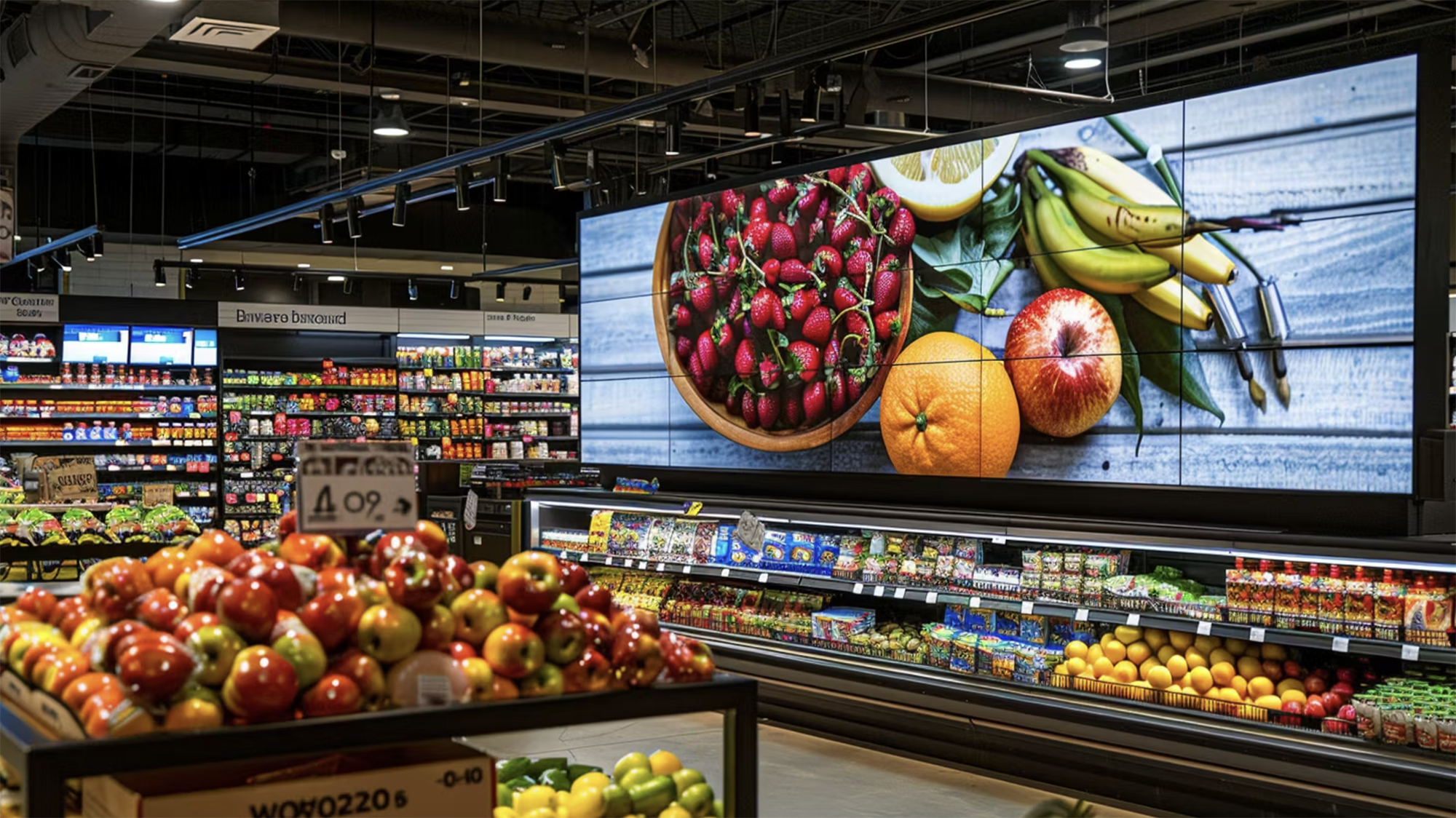5 Challenges of Third-Party Delivery Faced by Grocery Retailers

At A Glance
- Approximately 75% of shoppers would have purchased groceries online by 2025
- Grocery retailers find themselves struggling to keep up with the pace
- Grocers are now compelled to expand their digital services - be it independently or through third-party delivery partners
- Every good thing comes with its own set of hurdles, and third-party delivery solutions are no exception
- This article brings to you 5 challenges that grocers face as they embrace third-party delivery platforms
Online behaviors developed during the pandemic will continue to grow even after COVID limitations are lifted. According to the Incisiv Grocery Digital Benchmarking Report 2021, approximately 75% of shoppers would have purchased groceries online by 2025. Convenience and habit have helped sustain the growth of online shopping beyond the regulations of the pandemic.
As online sales soared as a result of the pandemic, grocery retailers found themselves struggling to keep up with the pace. Grocers are now compelled to expand their digital services - whether they do it on their own or with the assistance of a third-party delivery platform. This seamless digital execution can also happen due to a combination of both.
However, every good thing comes with its own set of hurdles, and third-party delivery solutions are no exception. Here, we bring you 5 challenges that grocers face as they embrace third-party delivery platforms:
Brand Loyalty
Consumers might be indifferent towards whether it is the retailer themselves who delivers groceries or it is via a third-party delivery platform. However, brand loyalty can prove to be quite a conundrum - who receives appreciation when the delivery is seamless, and who receives criticism when it is not? Retailers seek brand loyalty, however, with third-party delivery platforms in the picture, there is room for being blamed for mistakes that they might have no control over.
Consumer Data Concerns
The fact that on opting for a third-party delivery solution, the consumer data remains with the supplier rather than the retailer themselves may be of greater concern. 84% of grocery retailers believe they will lose touch with their customer base as third-party platforms become the front-end commerce brand and, in effect, disintermediate them from their shoppers.
Excessive Commissions
While third-party delivery platforms can help grocery retailers scale up considerably faster, they also charge a steep commission, which might reduce profitability. These fees became even more exorbitant during the course of the pandemic. While efforts were made to limit these fees, it resulted in the charges being placed on the consumers instead. This can eventually lead to a retailer’s pricing becoming less competitive in the market.

Increased Competition
With lowered barriers to entry, many new players are now a part of the marketplace, including a wider range of grocery retailers or delivery applications themselves. Additionally, according to the Incisiv-Wynshop Digital Grocery Study, 81% of grocery retailers believe that these third-party platforms will become their direct competitors in the future.
Distribution Network Woes
As grocery retailers bring online delivery into the picture, it raises a huge question mark on the eCommerce capabilities possessed by these grocers. There is intense pressure on the supply chain network, and whether or not it has the capability to withstand the increased demand that comes with online shopping. Additionally, as eCommerce capabilities open up the market to a wider customer base, unpredictable or frequent stock-outs can result in customer dissatisfaction.
While the risk is evident, third-party platforms are here to stay. Larger retailers (more than $1 billion) are focused on reducing their dependence on third-party platforms and project that by 2025, only 20% of their online orders will be delivered through third-party platforms. In fact, major players in the industry, like Kroger, Walmart, and Amazon, among others, have brought groceries massively in-house.
Many industry experts believe that it is time for other retailers to join the bandwagon quickly for the above-cited reasons. However, looking at the current situation, the more likely scenario is that the smaller retailers will have to work towards developing strategies to work with third-party platforms more efficiently in order to improve margins.


.png)





.png)


